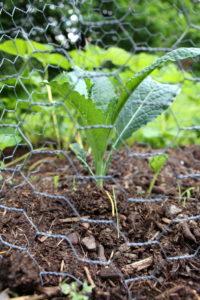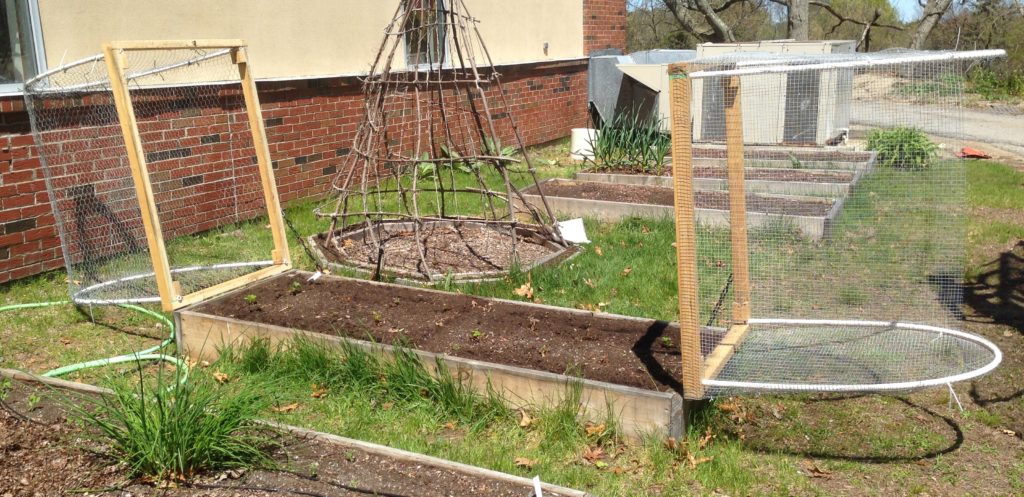My first experience with drip irrigation was as a teenager living on a kibbutz in Israel. I think it was controlled by some sort of DOS based system running on a computer in a hut at the edge of the date fields. Each irrigation line had to frequently be unclogged, the system required constant maintenance and the whole thing seemed confusing and cumbersome.
That’s not the case anymore, especially for home gardens.






